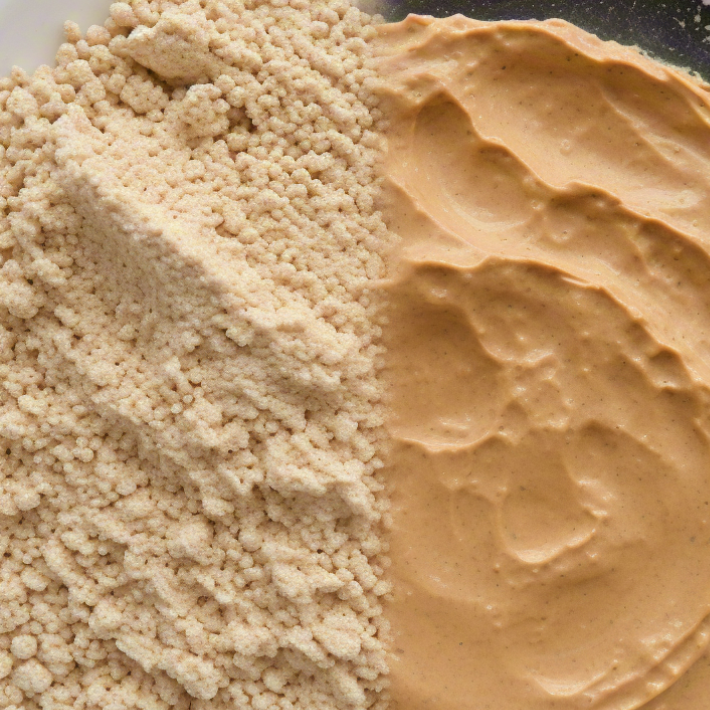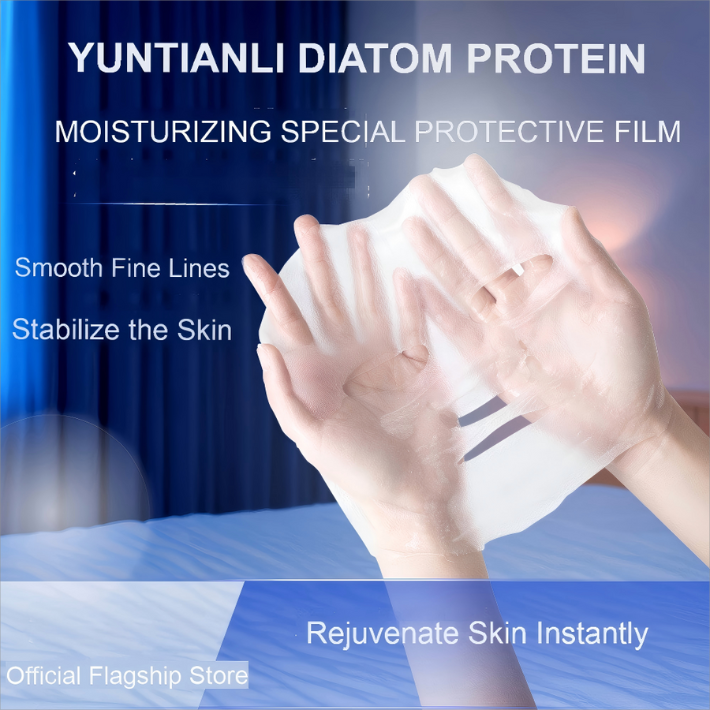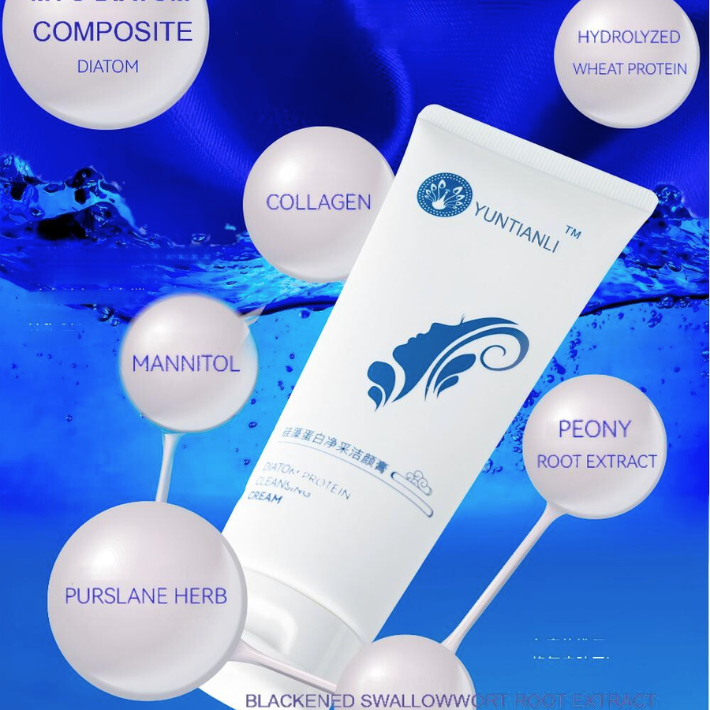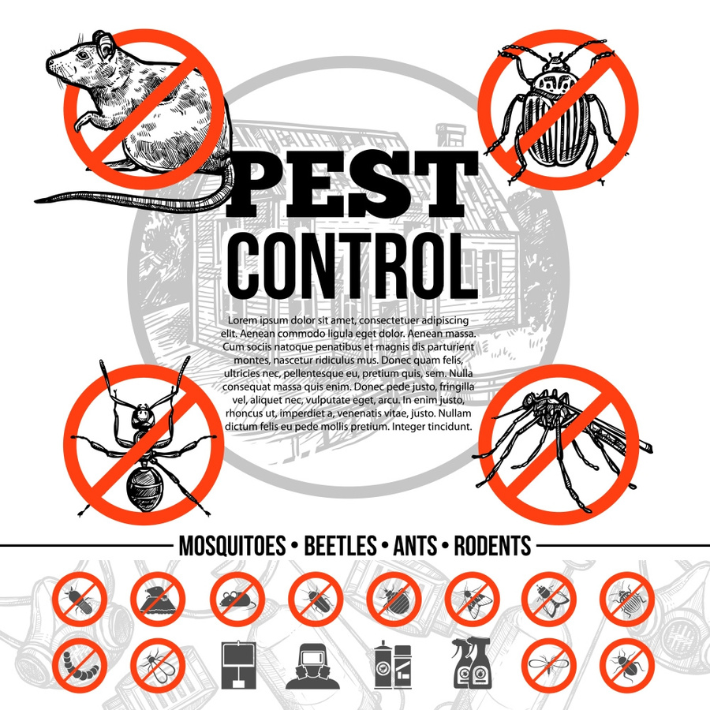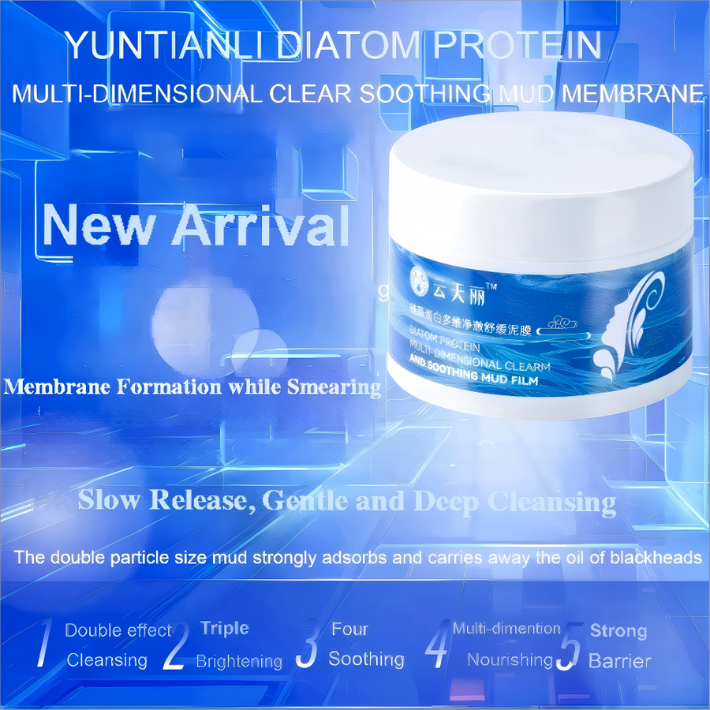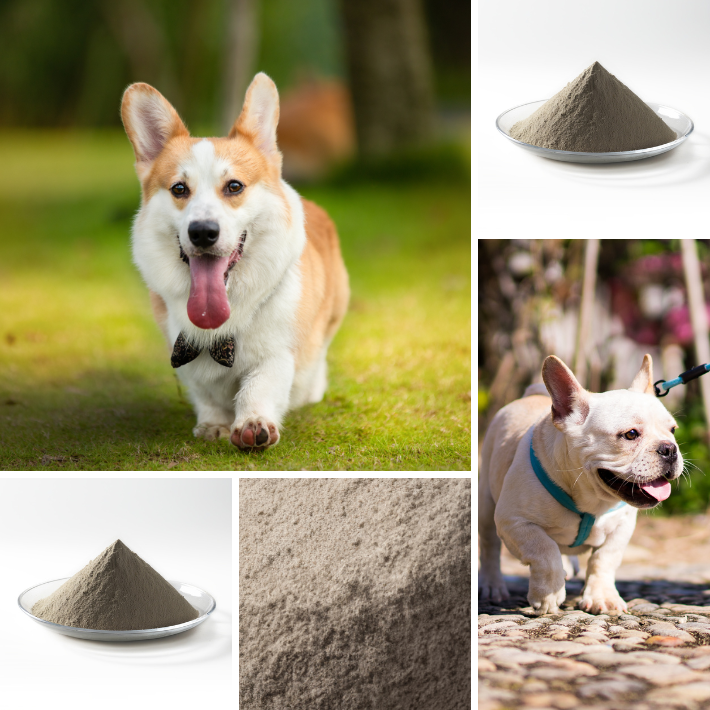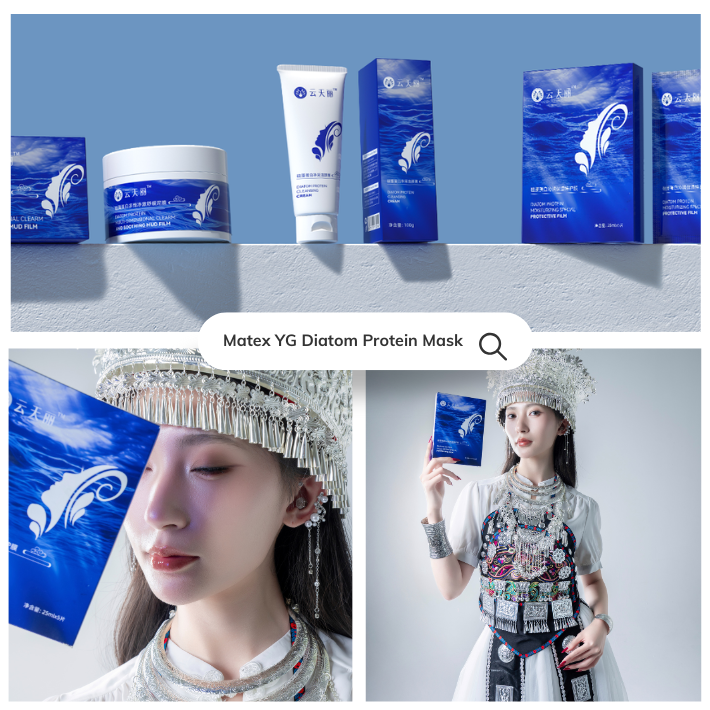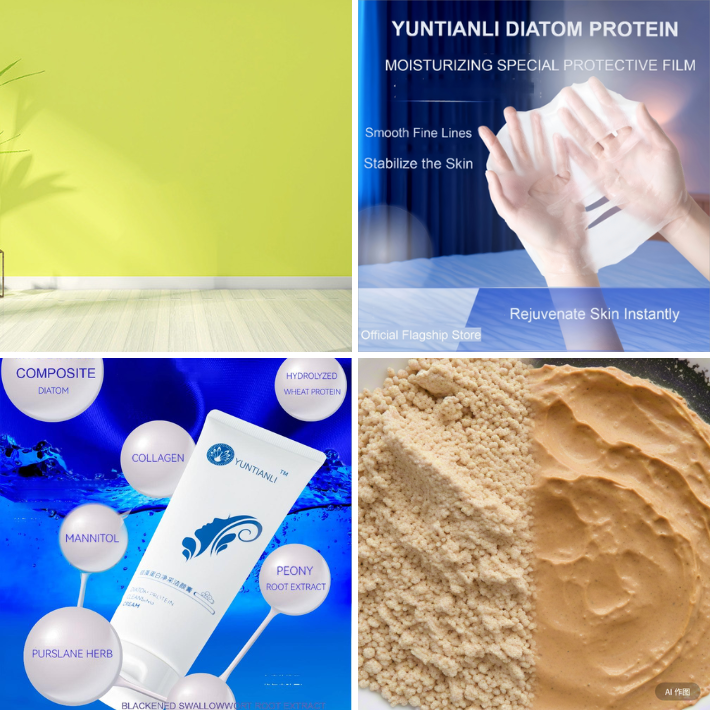
Carbon vs Activated Carbon: Understanding the Difference and the Role of Matex YG in the Industry
Explore the differences between carbon and activated carbon, highlighting their unique properties and applications in various industries. Delve into the role of Matex YG, known for its innovative and sustainable activated carbon products used in environmental, industrial, and medical applications.
Introduction
Carbon materials have been used for centuries in various applications, from fuel to filtration. As science and technology advanced, different forms of carbon were discovered, each with unique properties and applications. Two prominent forms that often come up in discussions about carbon are carbon and activated carbon. These two materials, while related, serve different purposes and possess distinct characteristics.
This article will explore the differences between carbon and activated carbon, focusing on their properties, uses, and industrial relevance. Additionally, we'll look at how companies like Matex YG, a leading player in the material science sector, are advancing the understanding and applications of carbon-based products.

What Is Carbon?
Carbon is a chemical element that is present in all living organisms and most matter. As a versatile element, it has numerous forms, including diamond, graphite, graphene, and amorphous carbon. In its most basic form, carbon is typically found in organic compounds, where it bonds with other elements like hydrogen, oxygen, and nitrogen.
Types of Carbon
- Diamond: A crystalline form of carbon, known for its hardness and brilliance.
- Graphite: A soft, slippery form of carbon used in pencils and lubricants.
- Amorphous Carbon: A form of carbon that does not have a crystalline structure, often found in charcoal and soot.
- Fullerenes: Molecules composed entirely of carbon, with spherical or tubular structures, such as buckyballs and nanotubes.
Each form of carbon has its own set of properties and applications. For example, graphite is used in batteries, while diamonds are used in cutting tools due to their hardness.
General Uses of Carbon
- Fuel: Carbon-based fuels, such as coal, oil, and natural gas, are used for energy production.
- Construction: Carbon-based materials like concrete, steel, and graphite play significant roles in building and infrastructure.
- Electronics: Carbon materials, particularly graphene, are used in cutting-edge electronic applications, such as flexible displays and batteries.
- Chemicals: Carbon compounds are crucial in the production of pharmaceuticals, plastics, and other synthetic materials.
What Is Activated Carbon?
Activated carbon (also known as activated charcoal) is a form of carbon that has been treated to have a very high surface area. This is typically achieved by processing the material at high temperatures or through chemical treatments to increase the number of pores on its surface. This high surface area allows activated carbon to adsorb a large number of substances, making it highly effective for a variety of applications.
Properties of Activated Carbon
- High Porosity: The vast number of microscopic pores in activated carbon give it a large surface area, allowing it to adsorb a wide range of particles, gases, and toxins.
- Absorbent Nature: Activated carbon's ability to adsorb gases, liquids, and solids makes it highly useful in filtration processes.
- Varied Particle Sizes: Activated carbon can be found in various forms, including powders, pellets, and granular forms, to suit different applications.
How Is Activated Carbon Made?
Activated carbon is produced through a process that involves heating carbon-rich materials (such as coconut shells, coal, or wood) to extremely high temperatures in the presence of gases that create the porous structure. This process is known as activation, and it can be done in two ways:
- Physical Activation: The material is heated in the presence of steam, which causes the carbon to develop a network of pores.
- Chemical Activation: The material is treated with chemicals (often phosphoric acid or potassium hydroxide) before heating to create the desired structure.

Carbon vs Activated Carbon: Key Differences
Though both carbon and activated carbon are derived from the same element, they differ in their physical structure, applications, and uses.
1. Structure and Properties
- Carbon: In its natural state, carbon can exist in various forms like graphite, diamond, and amorphous carbon. These forms of carbon have different properties, such as hardness, conductivity, and solubility, depending on their structure.
- Activated Carbon: Activated carbon, on the other hand, is specifically designed to have a high surface area with numerous pores. This allows activated carbon to adsorb a wide variety of substances, which is a key distinction from other forms of carbon.
2. Production Process
- Carbon: Basic carbon, such as graphite or coal, is produced through geological processes over millions of years or via synthetic processes. The structure of natural carbon materials is stable and does not involve significant modifications.
- Activated Carbon: Activated carbon undergoes a special treatment process to develop its porous structure. This process is energy-intensive and often involves the use of high temperatures and chemicals.
3. Applications
- Carbon: Carbon is primarily used in industrial applications, such as fuels, construction materials, electronics, and chemicals.
- Activated Carbon: Activated carbon is predominantly used in filtration and purification applications, such as water filtration, air purification, and medical treatments. It is also widely used in the removal of contaminants in industrial processes, such as in the food and beverage industry.
4. Adsorption Capacity
Activated carbon's unique ability to adsorb various substances is its defining feature. The highly porous nature of activated carbon allows it to trap particles, chemicals, and gases, making it ideal for uses such as:
- Water Treatment: Removing chlorine, pesticides, and organic compounds.
- Air Purification: Absorbing volatile organic compounds (VOCs) and harmful gases.
- Medical Applications: Used in treating poisonings or drug overdoses by adsorbing toxins in the digestive system.
Matex YG: A Leader in the Activated Carbon Industry
Matex YG is a company that specializes in producing and supplying a variety of carbon-based products, including activated carbon. As a leader in the carbon materials industry, Matex YG has gained recognition for its commitment to innovation and quality in the development of carbon products.
Overview of Matex YG
Matex YG focuses on the manufacture of a wide range of high-performance materials, including activated carbon and its derivatives. The company operates in various sectors, including environmental protection, water treatment, and industrial filtration. Its products are used globally, and it has earned a reputation for providing cost-effective and sustainable solutions to its customers.
Product Offerings
Activated Carbon: Matex YG offers activated carbon in different forms, including powdered, granular, and pelletized, to meet the needs of various industries.
Custom Solutions: The company also provides custom solutions for specialized filtration needs, developing tailored carbon products to fit the specific requirements of clients in industries like pharmaceuticals, food processing, and industrial manufacturing.
Applications of Matex YG Products
Water Purification: Activated carbon products from Matex YG are widely used in municipal and industrial water treatment plants for removing harmful chemicals and improving water quality.
Air Filtration: The company’s activated carbon products are also integral to air filtration systems, particularly in environments where air quality is critical, such as hospitals and laboratories.
Industrial Processes: Matex YG’s activated carbon is used in various industrial processes for gas adsorption, solvent recovery, and contamination removal.
Commitment to Sustainability
One of the standout features of Matex YG is its commitment to sustainability. The company ensures that its activated carbon products are derived from renewable resources, and it continuously innovates to make its production processes more energy-efficient and environmentally friendly. Matex YG also works closely with its clients to provide sustainable solutions for waste management, ensuring that its products contribute to a circular economy.

Applications of Carbon vs Activated Carbon in Industry
Both carbon and activated carbon have essential roles in various industries, but their uses differ significantly due to their distinct properties.
1. Environmental Applications
Activated Carbon: Used extensively in environmental applications, such as water purification, air filtration, and soil remediation. Its ability to adsorb harmful chemicals and toxins makes it an ideal material for cleaning up pollutants in both water and air.
Carbon: Carbon in its raw form is typically used as a fuel source or as a building material, but it does not have the adsorptive properties necessary for environmental remediation.
2. Industrial Processes
Activated Carbon: In industries like chemical manufacturing, food processing, and pharmaceuticals, activated carbon plays a critical role in purifying gases and liquids, removing impurities, and recovering valuable solvents.
Carbon: Carbon-based materials, such as graphite, are used in industrial applications like machining, batteries, and electrical conductors.
3. Medical Applications
Activated Carbon: Activated carbon is widely used in medical treatments, especially in cases of poisoning or overdose. It can adsorb toxins and prevent them from being absorbed by the body.
Carbon: While basic carbon itself is not typically used in medical treatments, carbon-based materials like graphite are used in certain medical devices, such as electrodes.
Conclusion
While carbon and activated carbon are derived from the same element, they serve vastly different purposes due to their unique properties. Activated carbon’s high surface area and adsorptive qualities make it invaluable for filtration and purification applications, while carbon in its raw form is used in a wide range of industrial and energy-related applications. Companies like Matex YG play a crucial role in advancing the use of carbon-based products, particularly activated carbon, to meet the growing demands of various industries. Their commitment to sustainability and innovation ensures that the applications of carbon will continue to expand, improving both environmental and industrial processes globally.






